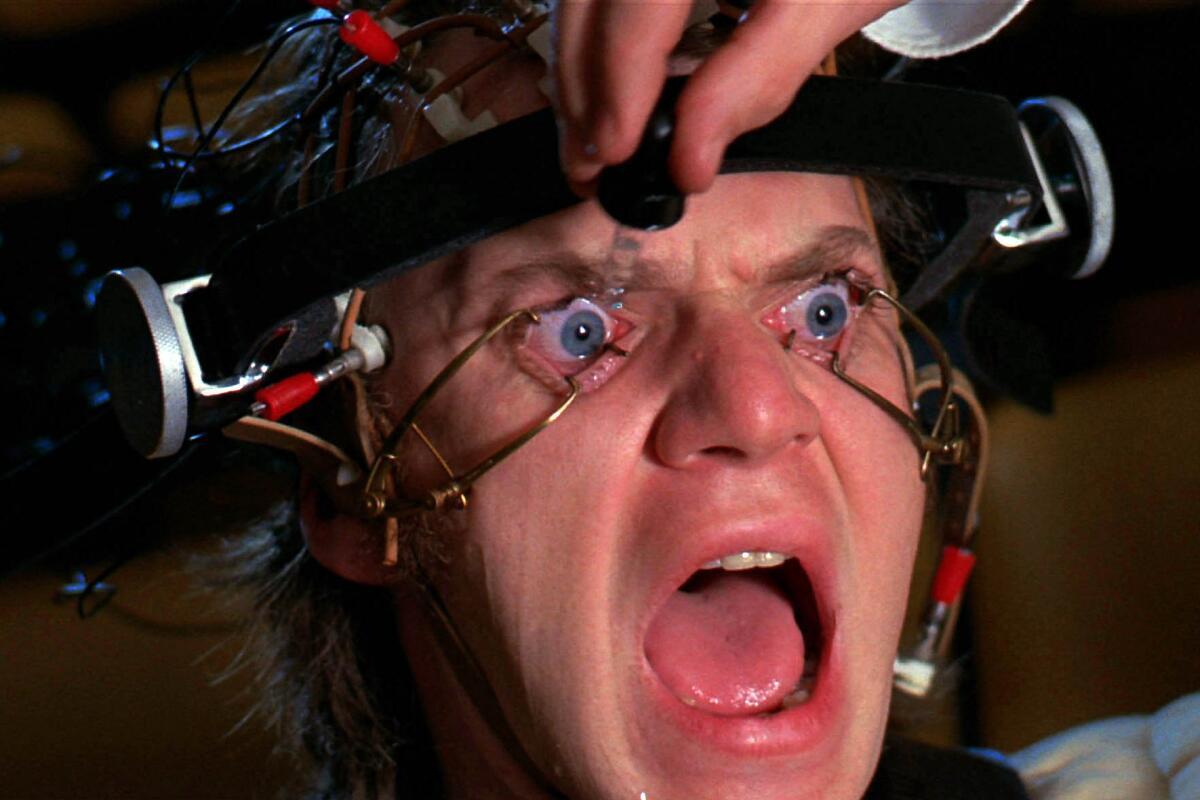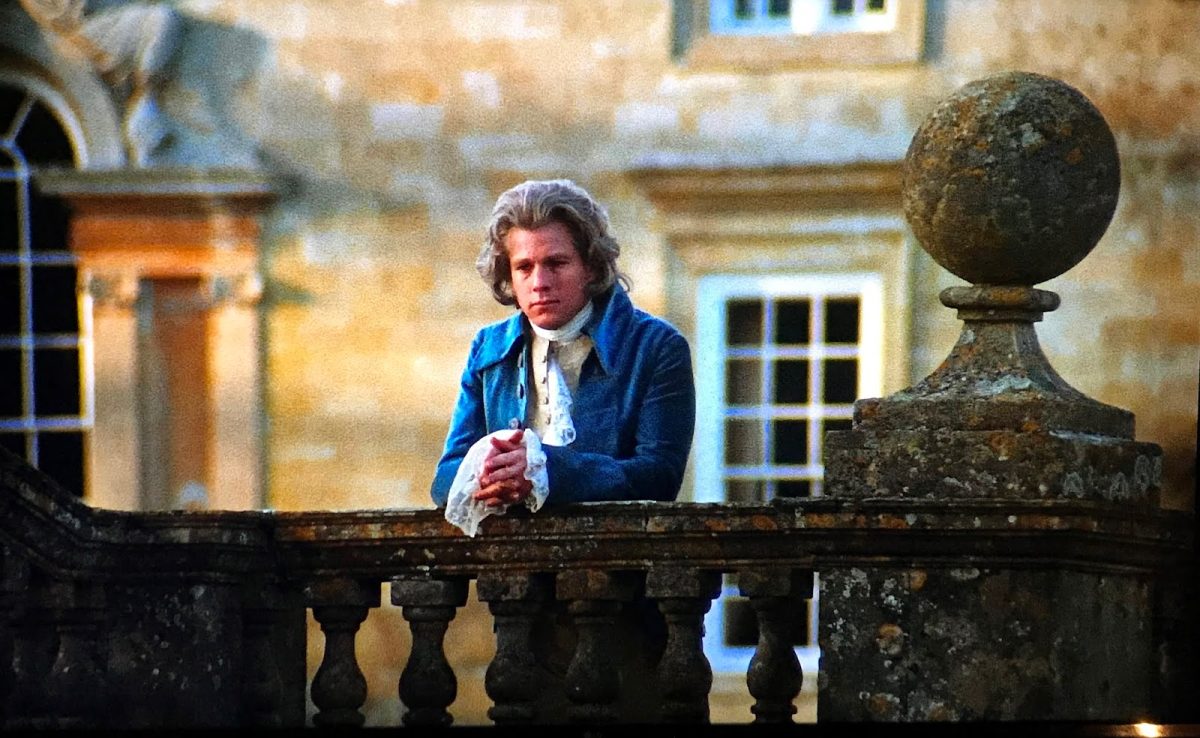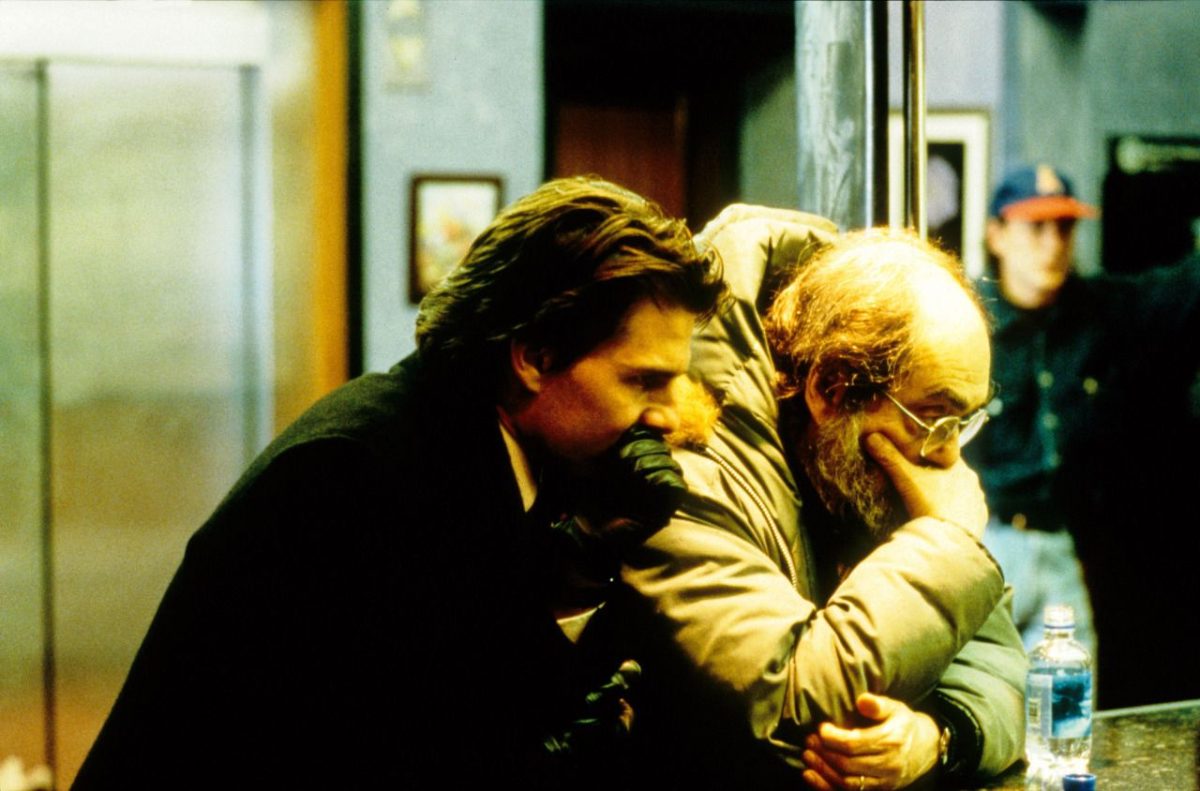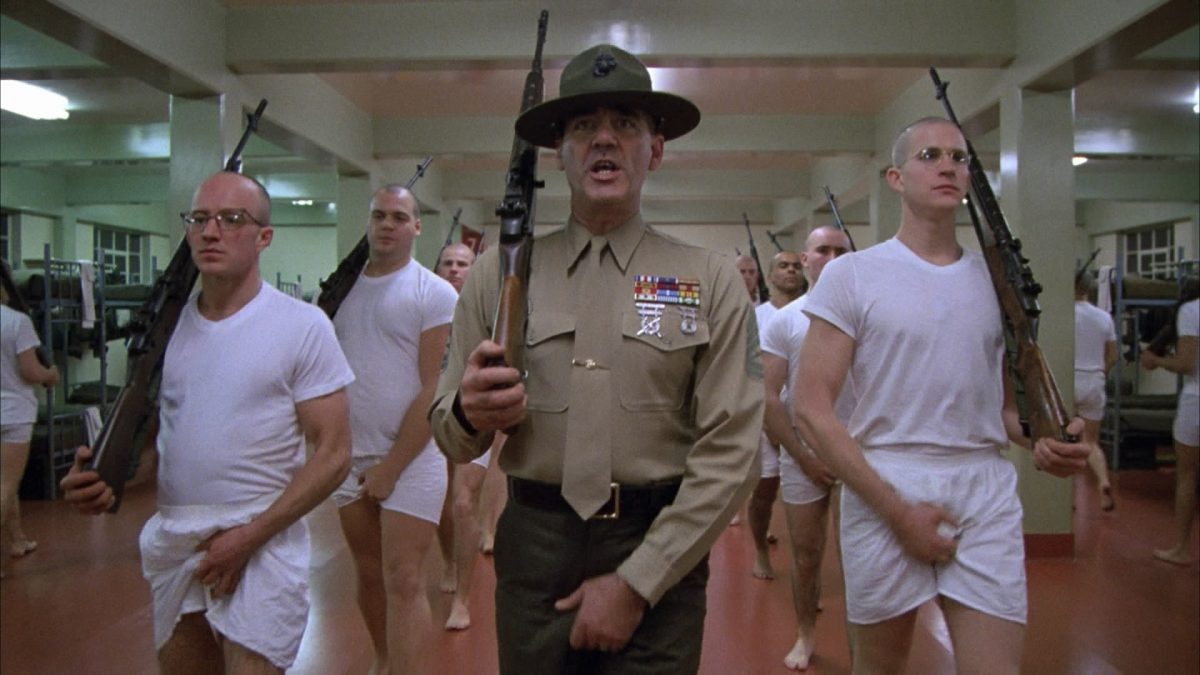Obsession
Eternal yearning
Director Benjamin Ross, whose debut feature is The Young Poisoner’s Handbook, celebrates the drama of failure in Stanley Kubrick’s Barry Lyndon
by Benjamin Ross
I saw Barry Lyndon at the time of its first release and despite seeing it only once until a few years ago, it resonated as strongly throughout my adolescence as any other film. For all of its intricately detailed artifice, the film struck right at the heart of my childhood and family experience in the most direct and emotional way. Films rejected on first release often prove the most interesting and timeless. Consider from this period Pat Garrett and Billy the Kid and Night Moves or, from a decade later, The King of Comedy or The Right Stuff, all films best described as equivocal and ambivalent. They belong to a mini-tradition of powerfully intelligent, mainstream pictures which became marginalised due to commercial failure or a temporary lack of comprehension on the part of studio, critics or public. Other than that, the common ground between them is that each in some way involves its protagonists in a struggle with a culturally inscribed heroic ideal, and each is unable to resolve that relationship except through failure. Given the direction of our popular culture it’s a fair bet that’s the reason people stayed away from them.
In opposition to the feel-good faction, I have always thought failure to be one of the most pleasurable dramatic spectacles. Barry Lyndon is a film that is misunderstood. The critical consensus seems to be that by this point, Kubrick was losing sight of the ‘emotional’ and ‘human’ elements in his dramas in his insistence on period accuracy and/or technical and compositional perfection. (A typical review of Barry Lyndon by Chris Petit in Time Out read: “A triumph of technique over any human content… singular lack of drama, perspective or insight.”) This label has stuck. Whichever way you look at it, Kubrick is a ‘control freak,’ and his films are either brilliant studies of ‘dehumanisation’ or the products of a colossal, self-defeating perfectionism.
None of his films suffer more from this generalisation than Barry Lyndon. Like other late Kubrick’s it carries the much-celebrated aura of indulgence, in this case reinforced by its extra-long running time, immaculate art direction, new lenses specially designed for authentic candlelight, and so on. Unlike the others, though, it has never been rescued by achieving wide cult status: nor is it avail- able on PAL video or laserdisc in this country. It is regarded even by many diehard Kubrick fans as his one Major Artistic Folly. Questions most often asked include: why all those slow zooms? Why the continual cross cutting from reaction shot to reaction shot when nothing is going on? And what the hell is Ryan O’Neal doing in there?
However, on Channel 4 recently, Martin Scorsese used Barry Lyndon to illustrate Kubrick’s career in his A Personal Journey through American Movies. The film is a master- piece, argued Scorsese, in which Kubrick’s technique is to slow down the action to the point where it becomes a sort of trance: partly to suggest the pace of fife in the period, and partly to suggest a kind of ballet or ritual of movement in which characters, film and audience are all trapped. The camera’s poise is deceptive and belies deeper processes, all the more powerful for being so artfully constrained. “One of the most emotional films I’ve seen,” confessed Scorsese.
Barry Lyndon is the antithesis of what mainstream film-making has become. As is often noted, Kubrick’s main concern in the story is the very opposite of keeping people in suspense. This goes against the formulaic logic of most film narratives but in Kubrick’s hands it is a key to greater dramatic intensity. Redmond Barry’s journey – up through the ranks of English society and back down again minus a leg and everything he has ever loved – has the simple predictability of a cautionary tale. It could be understood by a 12-year-old. Kubrick’s narrative structures are so formal, simple and symmetrical that the very notion of dramatic suspense evaporates and one is left with something dose to a cinema of pure feeling.
One of the key qualities of Kubrick’s films is not their innocence but their striving for innocence: an important distinction, covering the distance between the cynical, disingenuous “innocence” of Forrest Gump and the properly moral irony of Full Metal Jacket. In an interview somewhere Kubrick argued that film has not progressed at a formal level since the first pioneers discovered its basic syntax of composition, montage and mise en scène. Kubrick himself might be one of the exceptions, and seems to me to have been chipping away at film on a formal level for years. From 2001 onwards his narratives have been the most experimental within the mainstream. They have somehow contrived to become both more visceral and more abstract—inviting and repelling interpretation in equal measure. They are enigmas which contain rather than yield up their complexity, demanding to be felt and experienced before they are analysed.
Kubrick likes to invert the half-baked sentimentalities of conventional film narratives so that something more substantial can emerge. And this ‘something’ turns out to be moments, images, or whole narratives of stunning emotional primacy, so self-contained as to be perfectly mysterious and dreamlike. Practically the whole of The Shining is like this, a spin on the horror movie in which every scene and detail takes us into realms of Symbol and nightmare: the maze, the hotel, the names Jack and Wendy, the red-painted lavatory in which Jack starts to Project his repressed fantasies of wife-beating, racism and child-murder. Kubrick’s reputation is for indulgence: I disagree. His films are bewilderingly exact, but only so that they can convey the authority of dreams. In fact it’s amazing just how far he is able to take us into unfamiliar or unwelcome terrain and still keep hold of our understanding.
Barry Lyndon is an equivalent achievement but it is also crucially different from the other late Kubrick’s: a different dreamscape and closer in tone to the elegy of 2001 than the apocalyptic nightmare of the other films. But it’s different again from that film’s ballet mécanique. Its dominant tone is one of yearning—of promise unfulfilled. The image which lingered in my mind for years was of a face slowly and forlornly turning towards its object of desire: Redmond looking up at his beloved Nora at the beginning of the film when he ‘can’t find’ the handkerchief. Or the face of the young German girl as she asks Redmond: “Are you sometimes lonely?” Or Redmond’s first tentative kiss with Lady Lyndon (which Scorsese chose in his documentary). Or Redmond’s face as he weeps over his dying son. Or Marisa Berenson in practically any of her artfully staged moments. In keeping with Kubrick’s very plastic, self-contained art, the pose is the emotion, captured again and again in an eternal round of unfulfilled desire and loss.
Sight and Sound, October 1995, p. 42




